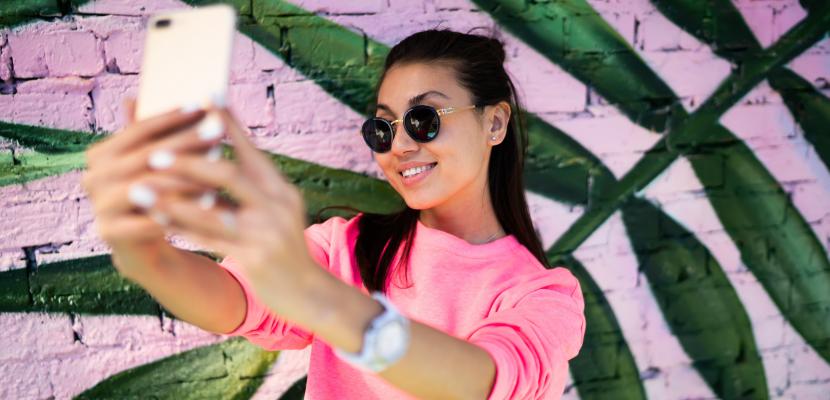
by Dr Rajat Roy, Assoicate Professor at the Bond Business School
Don’t write off that TikTok star your kids are obsessed with as just another Gen Z with a camera. They’re almost certainly a burgeoning media mogul on track to the top of global rich-lists.
Influencer marketing is big business. Its value to the world’s biggest brands and organisations is growing – influencer marketing is tipped to become a $16.4 billion industry by the end of 2022.
So, what exactly is influencer marketing? Influencer marketing is a type of social media marketing strategy that fosters collaborations between brands and online influencers. One of the biggest attractions of influencer marketing for brands and businesses is the authenticity that comes with it – online influencers can be any type of person, from anywhere in the world. They aren’t necessarily experts, and they don’t have to be celebrities.
What they do have are sizeable and dedicated audiences that they’ve grown organically, not through paid advertising. On social media platforms ruled by the whims of ever-changing algorithms designed to elevate authentic content over marketing materials, this is a crucial advantage.
Companies are reporting significantly better Return on Investment (ROI) through influencer marketing compared to other forms of promotional strategies such as traditional advertising. And brands are fast catching on, with surveys showing around 75 per cent of brands intended to engage in influencer marketing during 2022.
It’s no surprise then, that The Australian newspaper, through its youth publication The Oz, last week revealed a list of the nation’s top online creators – The Influencer Index. In a world first, the newspaper engaged behavioural sciences think tank, The Behavioural Architects, to identify the six key drivers of influence: trustworthiness, attraction, relatability, expertise, content prominence and content frequency. Global social media intelligence agency Storyful then measured Australia’s influencers against these drivers to determine their ranking on the list.
It’s the latest sign that the business world is starting to take these media moguls in the making very seriously indeed, and so should we.
Ironically, while kids want to be them and brands are falling over themselves to work with them, the key to an influencer’s success often comes from their inherent ordinariness.
Influencers share everyday lives and vulnerabilities with followers, and often genuinely and passionately believe in helping people through sharing personal experiences. This personalisation and honest effort is what helps create such meaningful connection.
As a result, followers are more likely to feel like they are part of the influencer’s ‘pack’ and tend to trust the person more. This level of trust leads to what’s known as information salience - the influencer is seen as providing expert and accurate information in a specific domain and makes us more likely to believe what they say. That level of connection and trust is what persuades followers to adopt product recommendations. Brands, therefore, simply piggyback on the social capital of the influencers.
But it’s not as simple as it sounds for brands – the kids are onto them, and they won’t cop being ‘sold’ to. The moment there’s a whiff of their favourite online creator ‘selling out’ and promoting products that don’t align with their values, or that of audiences, it’s game over. Brands choosing the creator based solely on follower numbers, for example, is likely to fail spectacularly.
The authenticity and trust developed between influencers and their audiences is fragile. Without strong alignment between the values of brand, influencer and audience the social contract is broken. Influencer marketing isn’t going away and looks set to become an even bigger part of major brands’ marketing strategies.